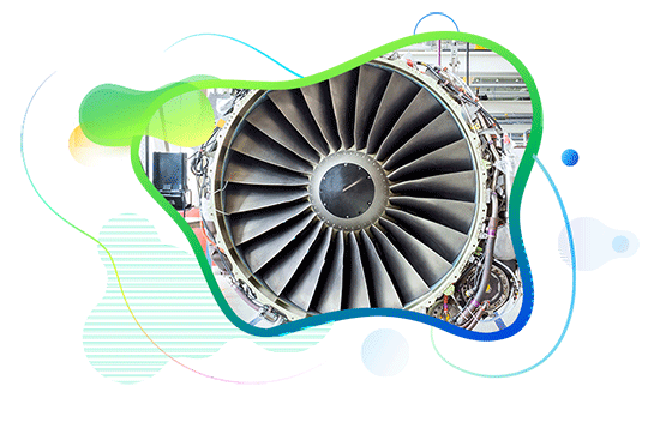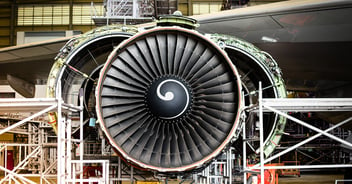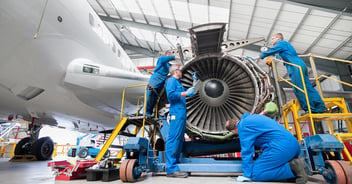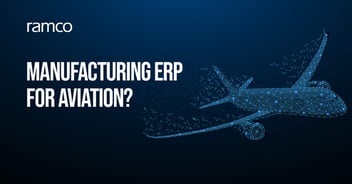
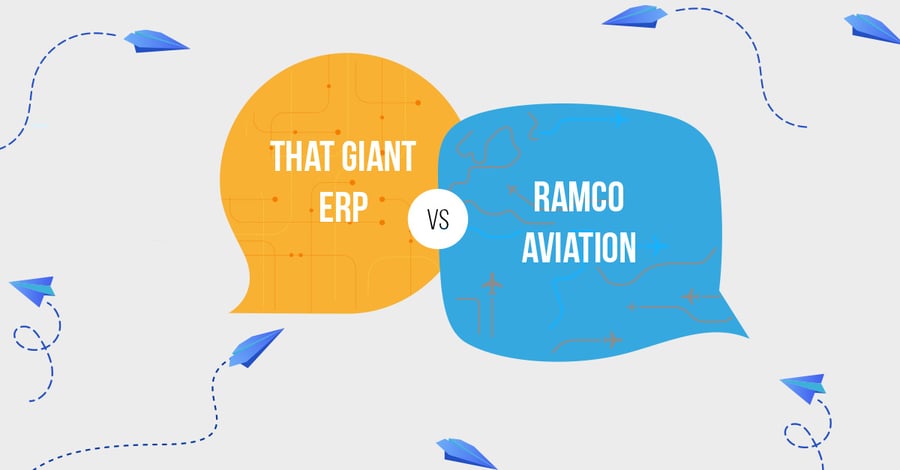
Reflecting on all the sales calls I had this past year, I would rate the conversation I had with one of the largest MROs in the industry as most intriguing conversation. Below are some of the snippets from that conversation.
Prospect: Your software seems to be more than an MRO software. Is your product similar to ‘That giant ERP’? (Name intentionally masked for this post)
Me: Yes, we are an ERP software but Aviation specific ERP built ground up for aviation and defense industries.
Prospect: how different is your software from ‘That giant ERP’?
Me: Some of the traditional ERPs are great for manufacturing related businesses, however specialized industry like Aviation where you have various segments like #CAMO MRO Airline M&E departments have unique operations that require specialized aviation software covering the whole gamut of functions such as Configuration Management, Engineering, Maintenance, Supply Chain, Safety Compliance, MRO & Part Sales, flight operations etc require aviation specific software to address these specific functions seamlessly. Ramco’s core platform has unique features that addresses these needs.
Prospect: Sounds good, but tell me USPs of Ramco over ‘that giant ERP’?
Me: Quite of few but some highlights
- One-stop-shop for all aviation needs: Unlike the giant ERP system, that requires to be customized heavily to suit the requirements of aviation functions, a native aviation ERP provides the flexibility, scalability and agility that are needed to run Aviation functions from a single solution
- Native Mobile capabilities: Mobile applications help in increasing utilization rates of hangars and shops and productivity of teams. We have developed mobile apps for different user roles and nearly 80% of MRO functions can be done on a mobile device. Traditional ERP mobile apps lack comprehensiveness and require a lot of configurations making it a cumbersome task.
- Advanced Supply chain capabilities: The level of complexity in managing the supply chain of Aviation varies based on the type of ownership- owned inventory, pooled inventory, loans and exchanges; and the type of aircraft – fixed-wing or rotary. The ERP system should provide inventory visibility of parts across the organization, globally, with information on the condition of parts (whether it is new, serviceable, overhauled, or unserviceable) and movement of parts. This is seamless with Ramco
- Digitization: There is a common consensus in the industry that digitization can be leveraged as a strategic tool to achieve exponential growth. Digitization is not just limited to going paperless which is, of course, a key aspect of the journey but also includes ecosystem interface such as OEM interface for seamless data exchange, augmenting the PDF task cards of AMM, EMM, CMM, or custom task cards with the skill attributes, Text Controls, Numeric controls for digitized work execution, and the ability to transform the PDF work package into digitized task card/content and many other aspects which collectively help in reducing TAT and high revenue realization
All this is possible with an effective Aviation ERP system with native capabilities
Prospect: Sounds good! We should go for next steps probably with an onsite demo at our office
Me: Thank you
PS: Over the years, I have seen Aviation industry largely stuck in legacy systems incurring huge costs of ownership, manual interventions, lack of automation. While the frontend of industry looks jazzy, backend seems to be behind in advancement of tech compared with other industries. While the realization of this fact is growing in the industry, but a significant portion of industry players still mulling over moving to advanced systems. This blog is just an attempt to share what aviation specific ERPs can do to them.
For any clarifications or further information, please reach out to us at contact@ramco.com
